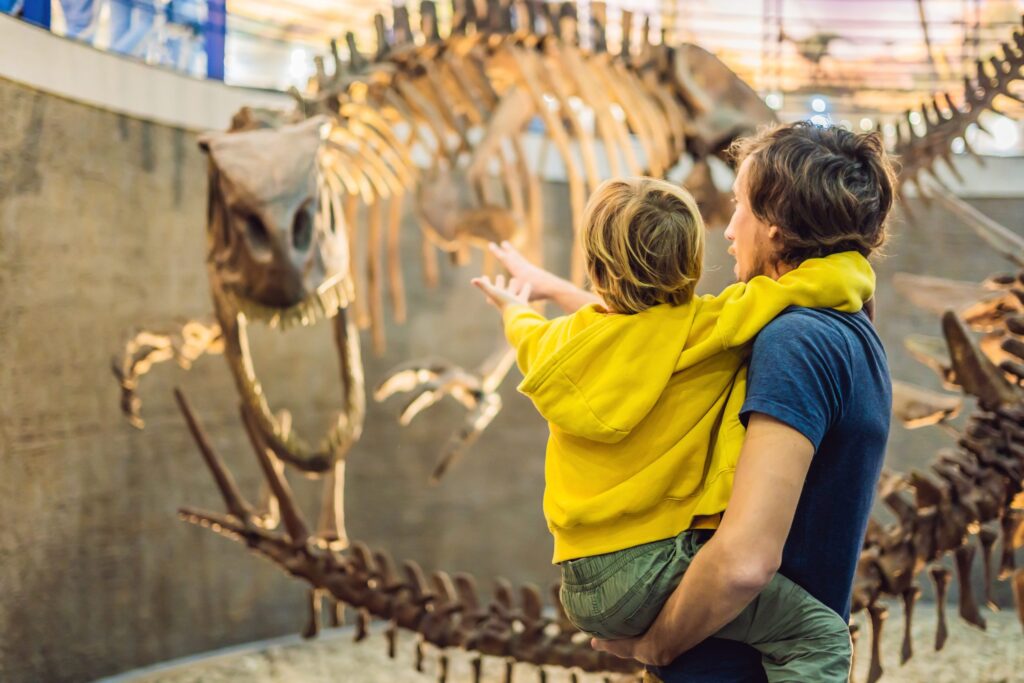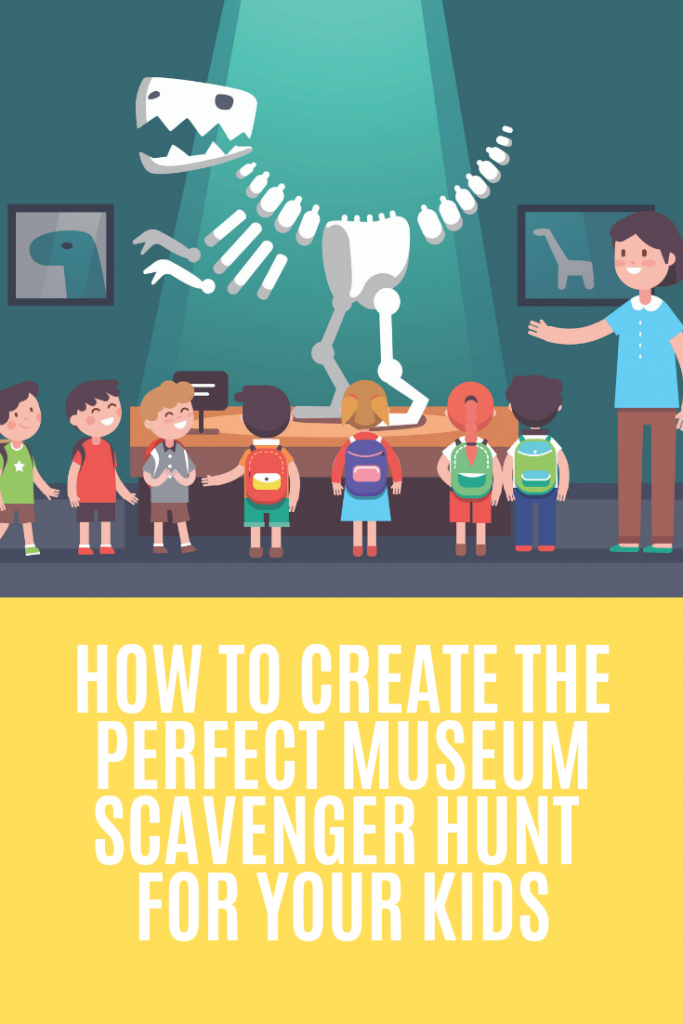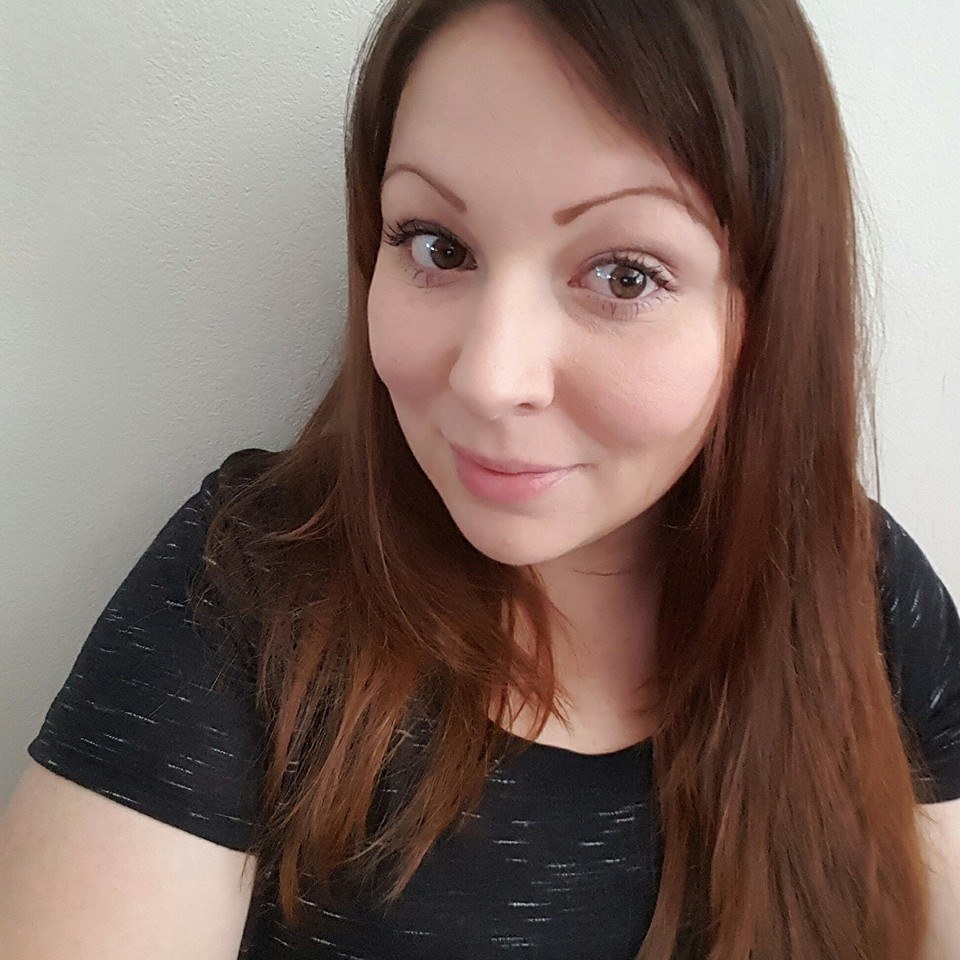Museums hold so much value to our world and the younger generations. They house artifacts, paintings, stories, and history. It’s a way for children (and adults) to see things they learned about in school from a different perspective.
As fulfilling as museums can be, for young kids, it can be difficult to keep them engaged. It’s easy to lose the appeal of a museum when you’re simply walking around and reading pamphlets of what you see around you. If you can create an atmosphere that is fun and engaging all while being educational, you’ll help kids see the importance of museums, and they will enjoy their time there that much more. One way of doing this is by creating a scavenger hunt.

Scavenger hunts are an excellent tool because you can adapt them to any situation with any age group. You have the option of hiring a scavenger hunt company or taking on the challenge yourself. If that’s the case, we developed a guide to help you create the perfect museum scavenger hunt for your kids.
Determine the Primary Focus of the Hunt
Large museums are overwhelming. So, try and narrow down your scavenger hunt so that it’s more achievable for kids. The hunt could focus on one section of the museum or follow a particular theme.
Learn What’s In the Museum
To make a scavenger hunt for the museum, you need to know what is all there. This will involve some research on your part, either through the internet or visiting the museum ahead of time.
Create a list of all the main pieces you see that would interest your children. Make note of the ones that fit your focus of the hunt. Include a small description of each item you jot down. You want to have enough of a description that the clue makes sense, but not too detailed that it easily reveals the answer. Copy your guide so that everyone involved in the hunt can participate.
Come Up With a Prize
Every scavenger hunt has to end with a prize, especially if kids are involved. The prize could be anything from going for ice cream afterward or buying your child their favorite toy.
Set a minimum amount that the winner needs to find on the scavenger hunt. Try to avoid having them find everything on the list unless it’s a fairly straightforward hunt with only a few items on it. Say you have 20 items on the list, ask the group to find 15 out of the 20.
Work Together
A scavenger hunt is an effective activity in promoting teamwork. Use it as a bonding moment with your children as they learn new things on the journey. If you find your child struggling on a clue, improvise and give a few more hints to help them figure out the answer.
In the end, the scavenger hunt should be something that is fun for the whole group. If the clues are too difficult, it can discourage children from wanting to participate. However, if the clues are too easy, then you’ll cruise through the hunt too quickly.
Create a scavenger hunt for only you and your children, or use it as a group event for a birthday party or even a random Saturday afternoon.


